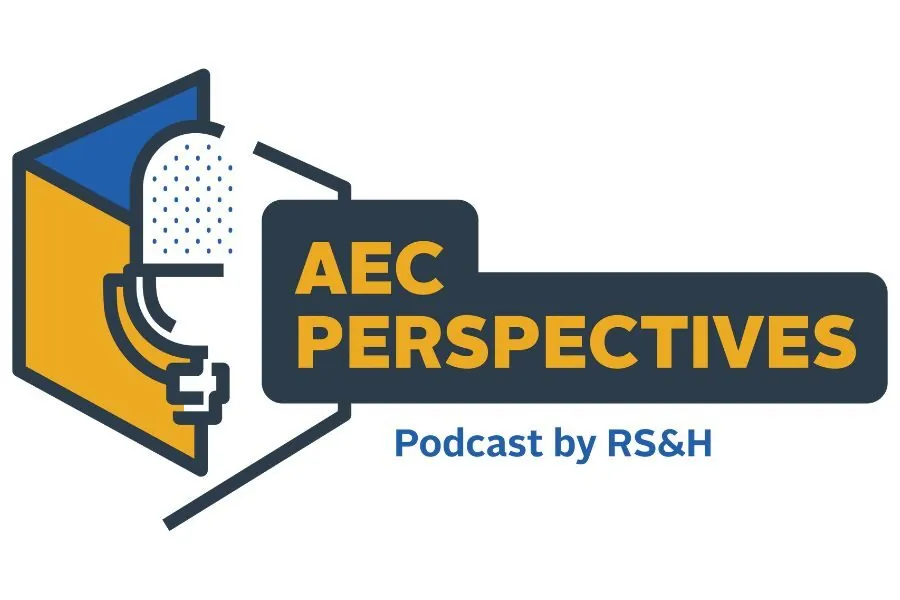Context and Form: Two Forces that Guide Design

New buildings shouldn’t be designed in a vacuum.
Architects have a near-unlimited amount of tools at their disposal when it comes to creating a new space or structure. New building materials, digital design technologies and engineering tricks mean we can produce modern marvels that designers from just a generation ago would have deemed undoable.
Still, no matter the advancements in the tools of our trade, there is one constant factor that must be respected when we look to design something new – or add on to something old.
Context
The context of an area – be it a neighborhood, business district, downtown, college or corporate campus – must be taken into consideration before the first sketch is drawn. The context of form acknowledges where we came from, who we are and where we’re going. It is our culture.
Social, environmental, political and even economic contexts have shaped communities across the world. And they guide everything we create.
When looking at adding a new building to an existing community, there are three paths we can take.
Duplicate the Past
If overarching preservation of the look and feel of an area is the goal, sometimes duplicating an existing building is the preferred path. For instance, a new church sanctuary may feature the exact same shape and looks of an original sanctuary built 100 years ago. The same goes for a new college building that will be adjoining a classic structure on campus.
The new building will work in the modern world, but its ties to its historical twin can come across as an insulting copy. Because building materials and practices have changed so much, it can be hard to duplicate the original character of a historic building. Oftentimes, the result is akin to a $20 watch bought on the street in New York trying to imitate a Rolex.
Focus on the Present
In some areas with fewer markers of historical heritage and context, it may be time to design something new that doesn’t tie into anything around it. This has been the practice on the Las Vegas strip for more than 50 years now, as every casino tower is built with a shelf life and no building is sacred.
The same goes for brand new developments in a new area of a town or city. With no history, look or feel in place, it’s up to architects to create from scratch. While these buildings still have to work for their intended purpose, the constraints of context are loose.
Merge the Past with the Present
This method is often our preferred approach when it comes to designing new spaces or additions in established areas. We take overarching aspects of a historic structure and provide a modern interpretation of it. This acknowledges the architecture of the original piece but uses our practices and materials in an honest way.
It’s a nudge of a couple of clicks in the same direction as the original – an evolution of form, not a revolution. We are informed by an area’s history and cultures, and we want to respect them. All the same, we’re constantly looking for a reinterpretation, something new but reminiscent.
The form of buildings is no different than the form of the cars we drive or the clothes we wear. The building still has to speak to our time and must function in today’s environment. But we can lean on the context to make sure building looks like it belongs where it stands.
If done right, both the old and new facility can stand in dignity together.





